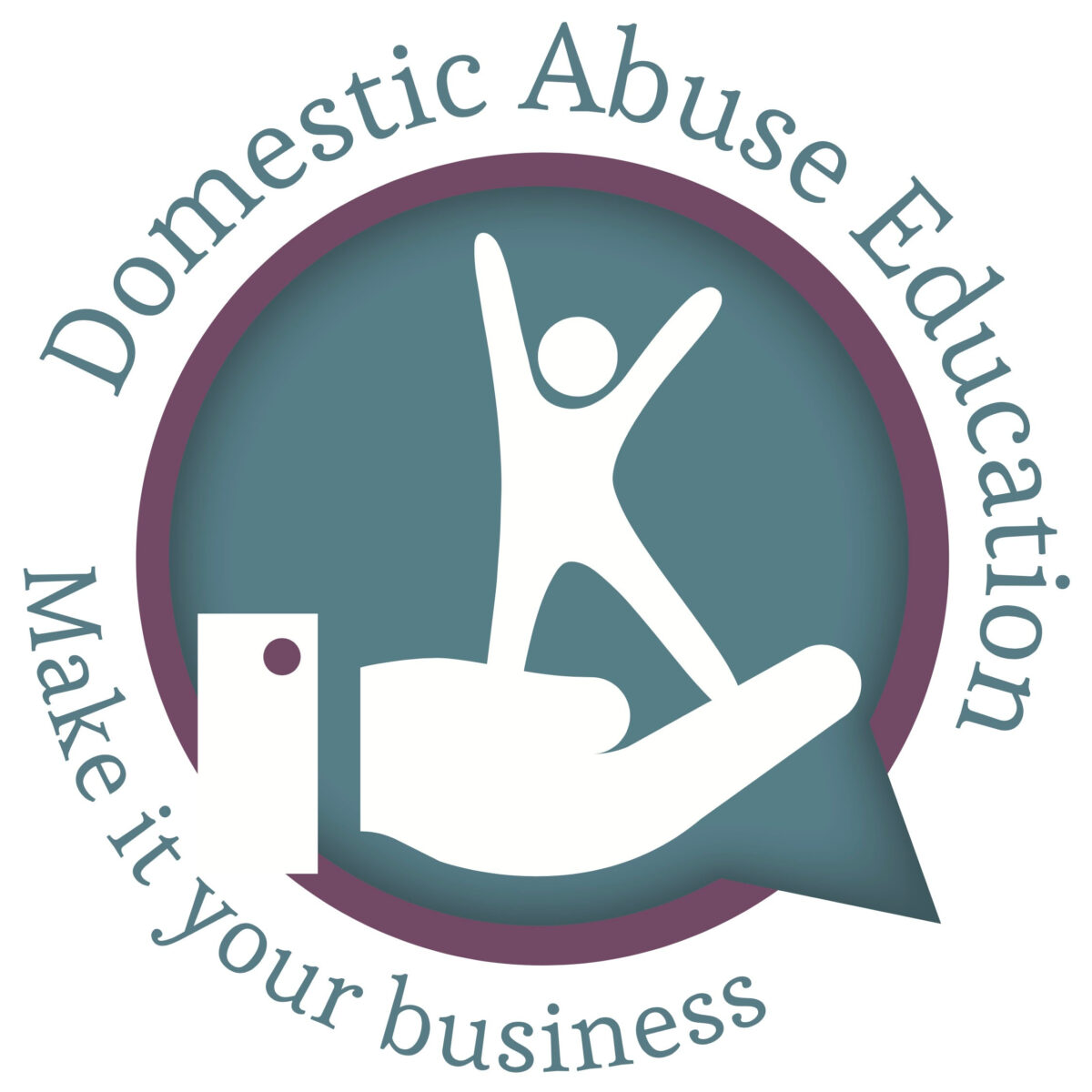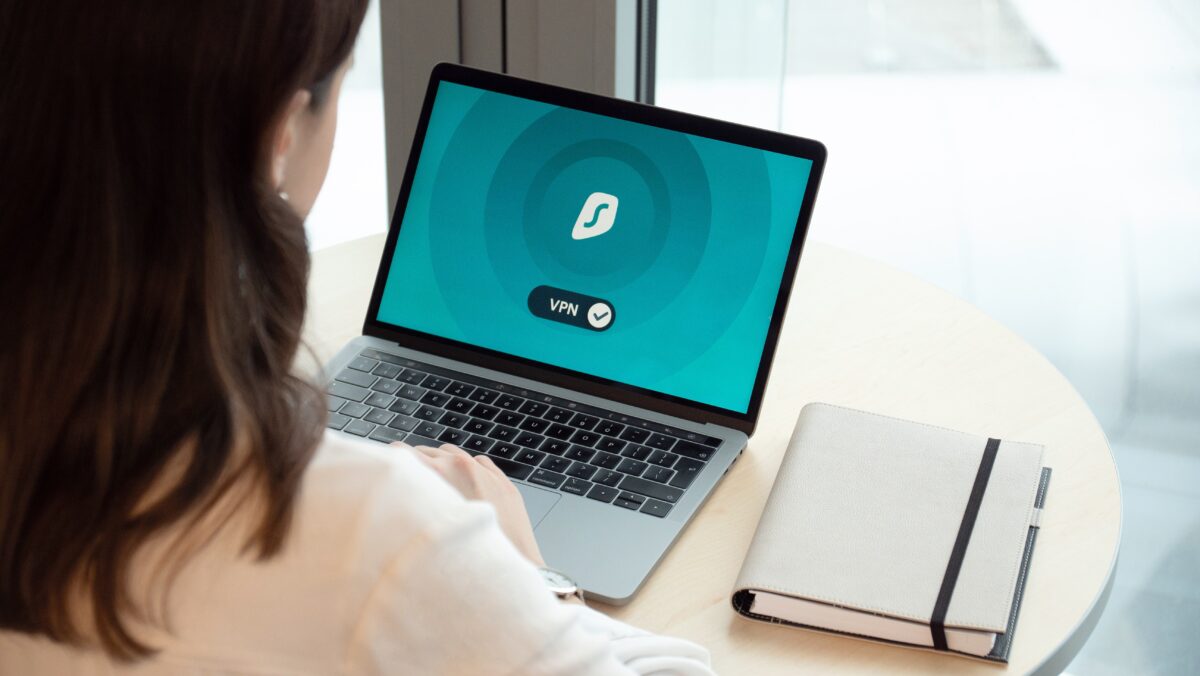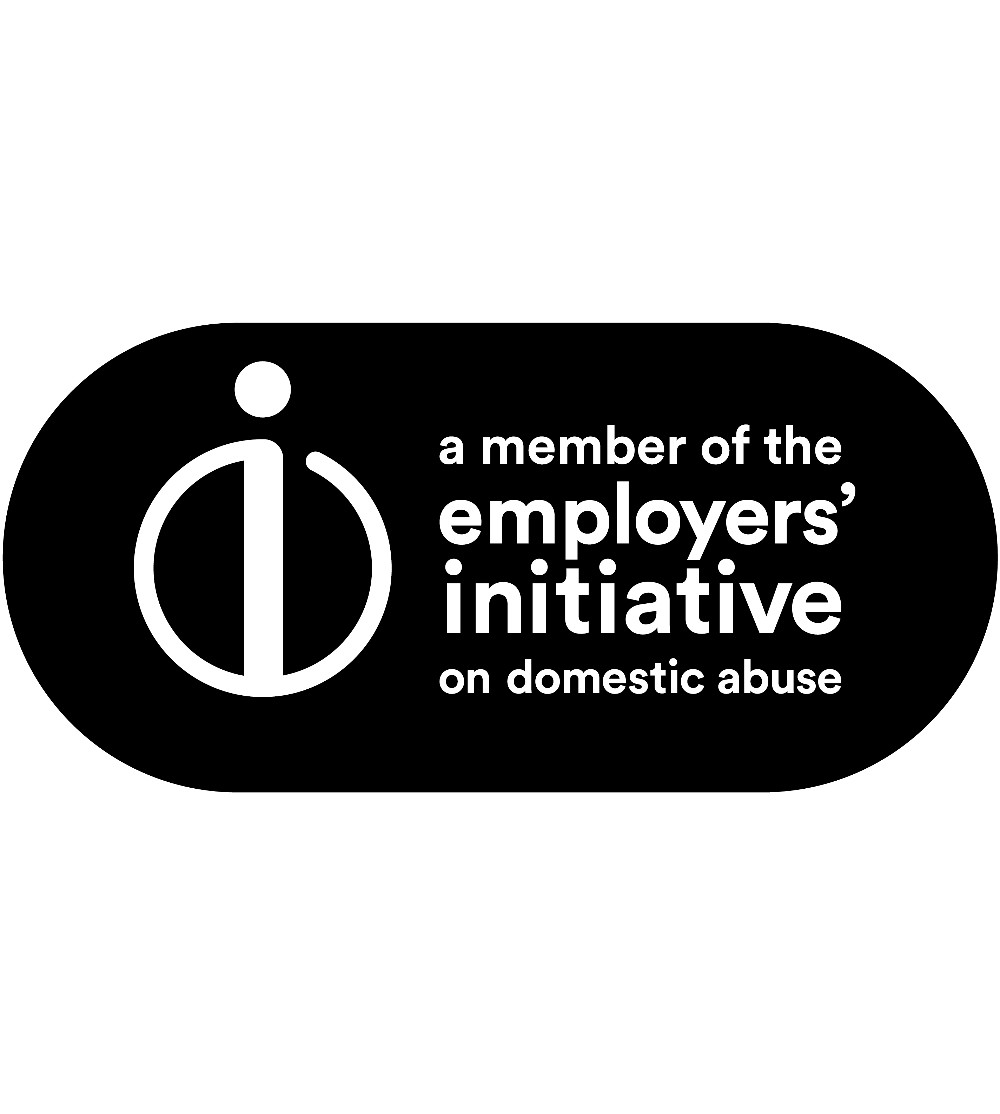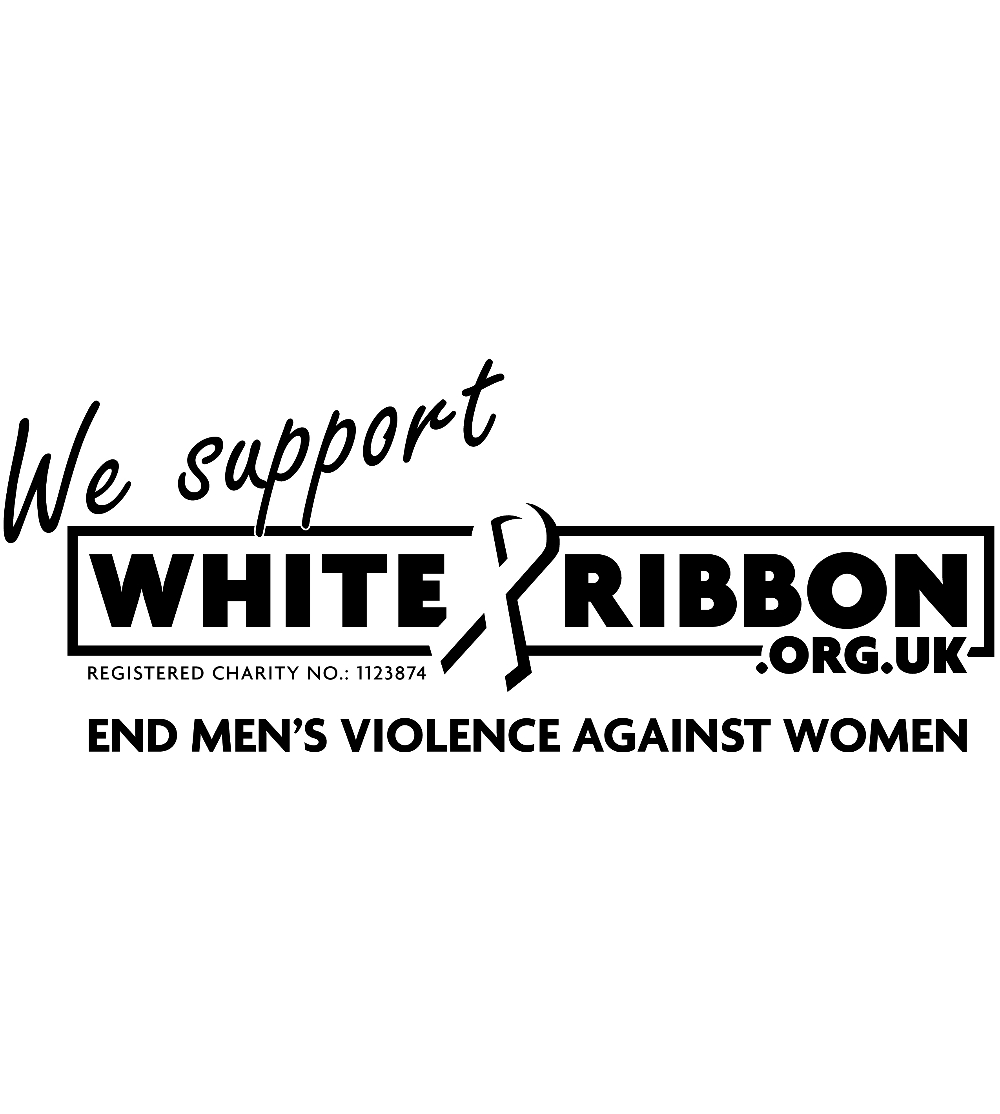To create a safer world for women online, we must take collective action, promoting empowerment, education, and collaboration. In the digital age, the internet has become an integral part of our lives, providing immense opportunities for communication, learning, and connection. However, it has also given rise to a darker side, with online spaces often becoming breeding grounds for harassment, abuse, and gender-based violence, disproportionately affecting women. In this article, we explore essential steps that can lead us towards a more inclusive, respectful, and secure digital environment for women.
- Empowerment through Digital Literacy
Digital literacy is the foundation for empowering women online. Providing access to digital skills training equips women with the knowledge to navigate the digital landscape safely and confidently. By promoting digital literacy, we enable women to protect their privacy, identify and report abuse, and make informed choices while interacting online. Non-profit organizations, educational institutions, and governments can collaborate to offer workshops, webinars, and courses to bridge the digital literacy gap and empower women with the necessary tools to thrive online.
- Combatting Online Harassment and Abuse
Online harassment is a pervasive problem that women face across various platforms. Social media networks, online forums, and comment sections are often plagued with toxic behaviour. Tech companies and social media platforms must take responsibility by implementing stricter community guidelines and efficient reporting mechanisms. Encouraging users to report abusive content and swiftly responding to these reports can significantly reduce the prevalence of online harassment. Employing artificial intelligence and machine learning to detect and filter harmful content can further enhance efforts to combat abuse.
- Creating Positive Online Communities
Promoting positive and inclusive online communities can create a safer environment for women. Encouraging respectful discussions, empathy, and constructive criticism can lead to more meaningful interactions online. Social media influencers, content creators, and community leaders can use their platforms to set positive examples, combat misogyny, and challenge harmful stereotypes. Together, we can cultivate a culture that celebrates diversity and actively stands against cyberbullying and gender-based violence.
- Engaging Men as Allies
Men have a crucial role to play in creating a safer world for women online. As allies, they can actively challenge sexist attitudes and behaviours, both online and offline. Engaging men in discussions about gender equality and respectful online conduct can help break down barriers and further understanding. Prominent male figures, including influencers, celebrities, and leaders, can use their platforms to advocate for gender equality and encourage others to do the same.
- Strengthening Legislation and Law Enforcement
Legislation must keep pace with the evolving digital landscape to effectively address online harassment and abuse. Governments should enact and enforce robust laws that criminalise cyberstalking, revenge porn, and other forms of digital violence. Appropriate training must be provided to handle online harassment cases sensitively and effectively. Collaborations between governments, tech companies, and advocacy groups can lead to comprehensive policies that protect women’s digital rights and safety.
- Promoting Intersectional Feminism
Women’s experiences online are shaped by various intersecting identities, such as race, ethnicity, sexual orientation, and disability. Recognising and addressing the unique challenges faced by women from diverse backgrounds is crucial in creating a safer world for all women online. Intersectional feminism encourages us to consider the multiple dimensions of oppression and privilege, fostering more inclusive and supportive digital spaces.
To conclude, creating a safer world for women online is a shared responsibility that requires action from individuals, communities, governments, and tech companies. Empowering women through digital literacy, combating online harassment, fostering positive communities, engaging men as allies, strengthening legislation, and promoting intersectional feminism are essential steps towards achieving this goal. By working together, we can build a digital landscape where women feel respected, safe, and empowered to participate fully in the online world. Ultimately, this endeavour benefits not just women but society as a whole, as we harness the collective power of diversity and inclusion in the digital age.
You can view and download WizCase’s Cyber Security Guide for Women here.
Read more from Domestic Abuse Education.










